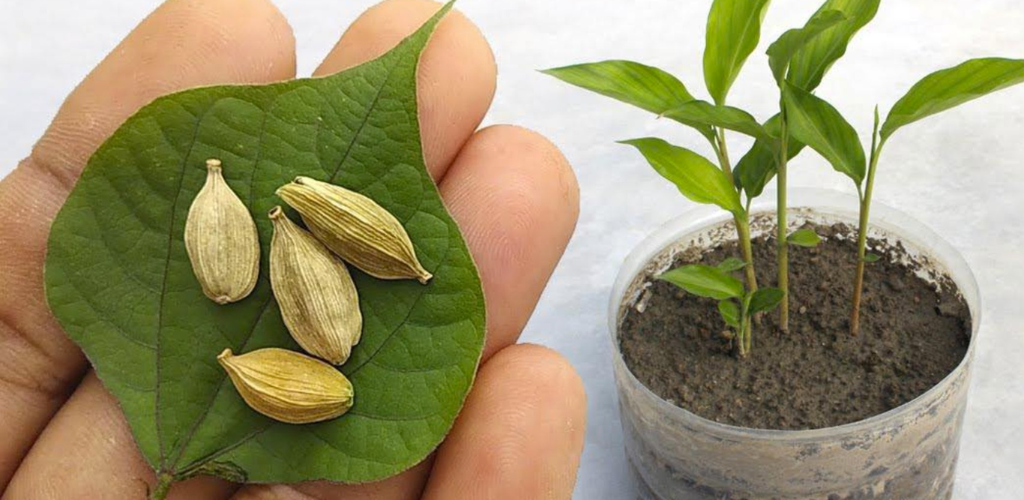The Queen of Spices: Growing Cardamom from Seeds at Home
Often hailed as the “Queen of Spices,” cardamom holds a special place in global cuisines and traditional medicinal practices. Originally from the Indian subcontinent, this aromatic spice blooms in tropical and subtropical regions. If you’ve ever thought about growing your own cardamom plant from seed and nurturing it to maturity, you’ve come to the right place. This comprehensive guide will walk you through the essential steps to ensure a successful and rewarding cardamom growing experience.
image 891
Starting with the cardamom seeds:
Choose fresh seeds: Start your journey with fresh and viable seeds. Look for full seeds with no mold or damage. Soak seeds: Soak the cardamom seeds in water for about 12 hours before planting. This will soften the seed coat and encourage successful germination.
Sowing Cardamom Seeds:
Prepare the soil: Create an ideal environment for cardamom by using a rich, loamy soil with good drainage. A mix of compost, sandy soil and a touch of perlite or vermiculite is recommended. Planting depth: Plant the seeds about 1 inch deep in the soil. Spacing: Leave at least 2 feet between seeds or seedlings, keeping in mind the potential size of the mature cardamom plants. Watering: Water the seeds gently but thoroughly after planting.
Growing conditions:
Light: Cardamom plants thrive in indirect sunlight or partial shade, which mimics their natural habitat under the canopy of larger trees. Temperature: Maintain a temperature between 22°C and 32°C for optimal growth. Watering: Keep the soil consistently moist but avoid waterlogging. Cardamom plants like humidity but can develop root rot if overwatered. Fertilization: Fertilize the plants every three weeks during the growing season with a balanced liquid fertilizer.
Green Cardamom Care:
Pruning: Encourage vigorous growth by cutting off weak or unhealthy shoots as the plant matures. Pest Control: Watch for pests such as aphids and mites. Control them organically with neem oil. Harvest: Harvest the cardamom pods when they turn a pale green or green-yellow color, and be sure to harvest them before they open.
Final Tips:
Transplanting: If you’re growing in a pot, consider transplanting when the plant outgrows its container. Mulching: Apply a layer of organic mulch to retain soil moisture and prevent weeds. Patience is Key: Realize that cardamom grows slowly; flowering and pod production can take a few years. However, the rewards are worth the wait.
In summary, growing cardamom from seeds requires patience, but the ultimate satisfaction of harvesting fresh cardamom pods makes the effort worthwhile. With dedicated care and suitable conditions, you will be able to enjoy the vibrant flavor and rich aroma that only home-grown cardamom can offer. Embark on this journey and let the queen of spices reign in your garden!
